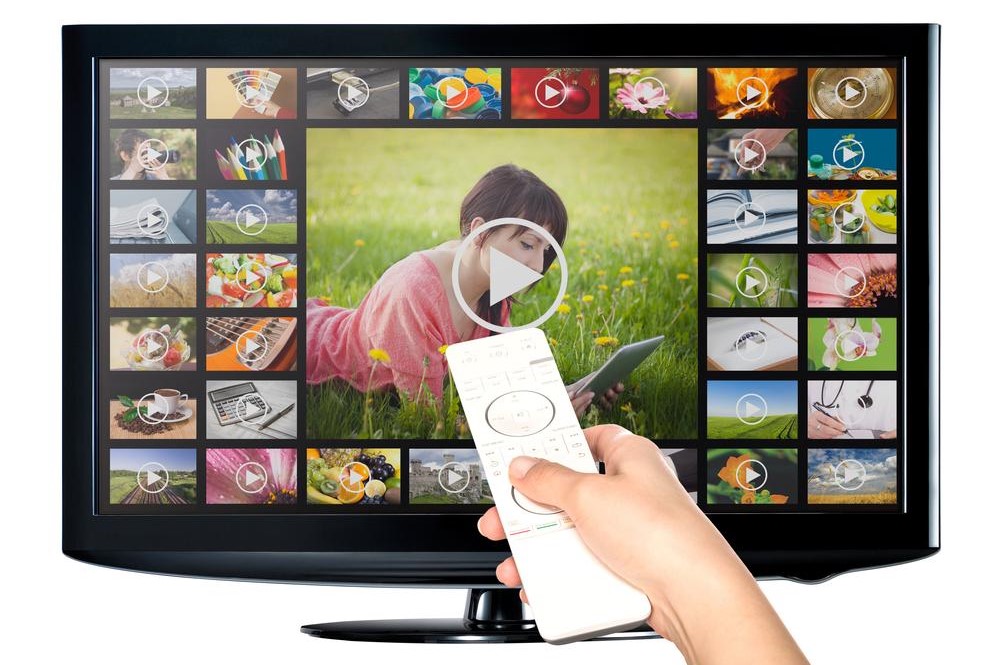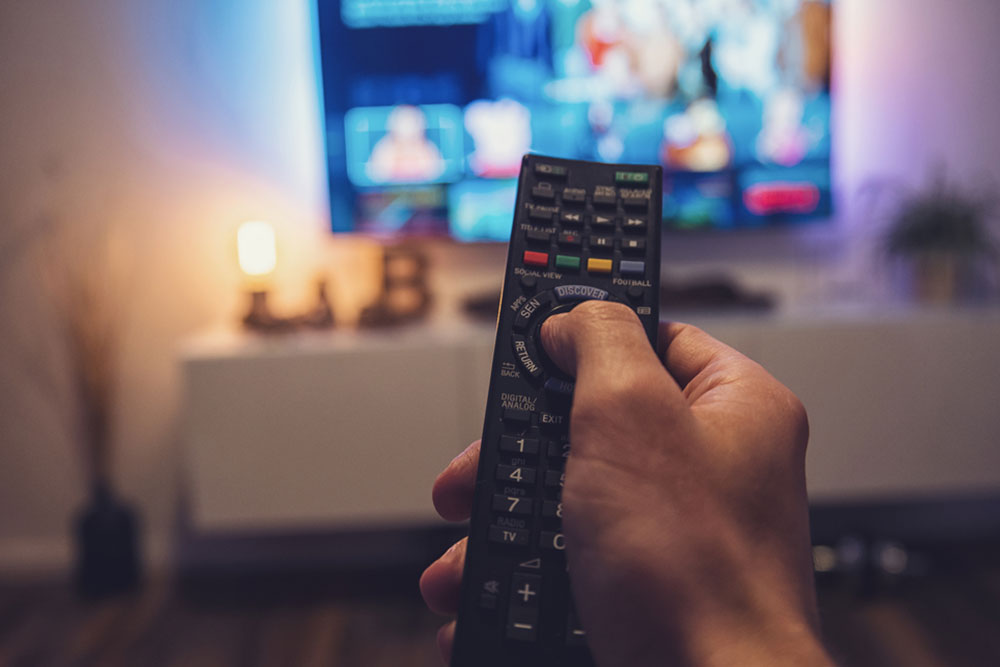Evolution of Television Scheduling and Streaming Trends
This article explores the history and evolution of TV scheduling, highlighting traditional programming strategies and the rise of streaming platforms. It details how broadcasters optimize viewership and discusses popular services like Netflix, Disney Plus, Hulu, and HBO Max. Despite the growth of digital streaming, scheduled live TV remains relevant for major broadcasts and live events. The piece offers insights into how TV consumption habits have shifted from rigid schedules to flexible, on-demand viewing, shaping the future of entertainment consumption globally.

The Evolution of Television Program Scheduling and Digital Streaming
Television schedules, commonly known as TV guides, are visual or digital timetables that inform viewers about upcoming TV programs. They specify channels and airing times across various delivery methods, including terrestrial, cable, satellite, and digital networks. These guides have been a staple since TV's early days, helping audiences plan their viewing.
How We Consume TV Over Time
Initially, TV viewing relied solely on scheduled broadcasts. The 1980s introduced VCRs, revolutionizing how audiences watched shows. Today, viewers stream content via online platforms, DVDs, or recordings. Despite new options, broadcasters still rely on traditional program scheduling strategies tailored to viewer habits and peak times.
To optimize viewer engagement, networks use several scheduling techniques:
T teasers and promos Generate anticipation through previews before show premieres.
Counterprogramming Avoid competing shows by scheduling different genres simultaneously.
Pre-echoing Air upcoming new shows before popular programs to capture early viewers.
Hammocking Place new or less popular programs between hit shows to boost viewership.
Inheritance Follow popular shows with similar content to retain audience.
Hot-switching Transition directly between shows to minimize channel surfing.
Stripping Air episodes consistently at the same time daily, often used for news and talk shows, based on demographics and dayparting.
Television dayparts are divided as follows:Early morning (6 am - 9 am): News, interviews, lifestyle segments.
Daytime (9 am - 4 pm): Filler content like talk shows, old movies, children's programs, and quizzes.
Early evening (4 pm - 7 pm): Kids' shows, soap operas, cooking shows, and local news.
Prime time (7 pm - 11 pm): Top-rated dramas, sitcoms, news, sports, and entertainment targeting ages 18-49.
Late night (11 pm - 6 am): Adult content, talk shows, movies, and sports, sometimes with edgier material.
Even with the rise of streaming giants like Netflix and Disney Plus, traditional live TV remains vital for live events and prime-time advertising. These platforms have shifted viewing habits but haven't eliminated scheduled programming entirely.Leading Streaming Services Today
Online streaming platforms have replaced traditional TV guides, offering on-demand content across devices. Popular options include:
Netflix: Known for a vast array of original series, films, documentaries, with new titles released regularly, catering to diverse tastes including gaming and international content.
Disney Plus: Offers extensive Disney, Pixar, Marvel, Star Wars, and National Geographic programming at an affordable price point.
Hulu: Streams recent episodes from networks like ABC, Fox, CBS shortly after airing, along with exclusive originals.
HBO Max: Features premium movies, series, DC Universe titles, Studio Ghibli classics, and Warner Bros. films, appealing to a broad audience with customizable profiles.
Summary
Modern streaming platforms have empowered viewers to select and pay only for content they enjoy, transforming media consumption habits worldwide.










